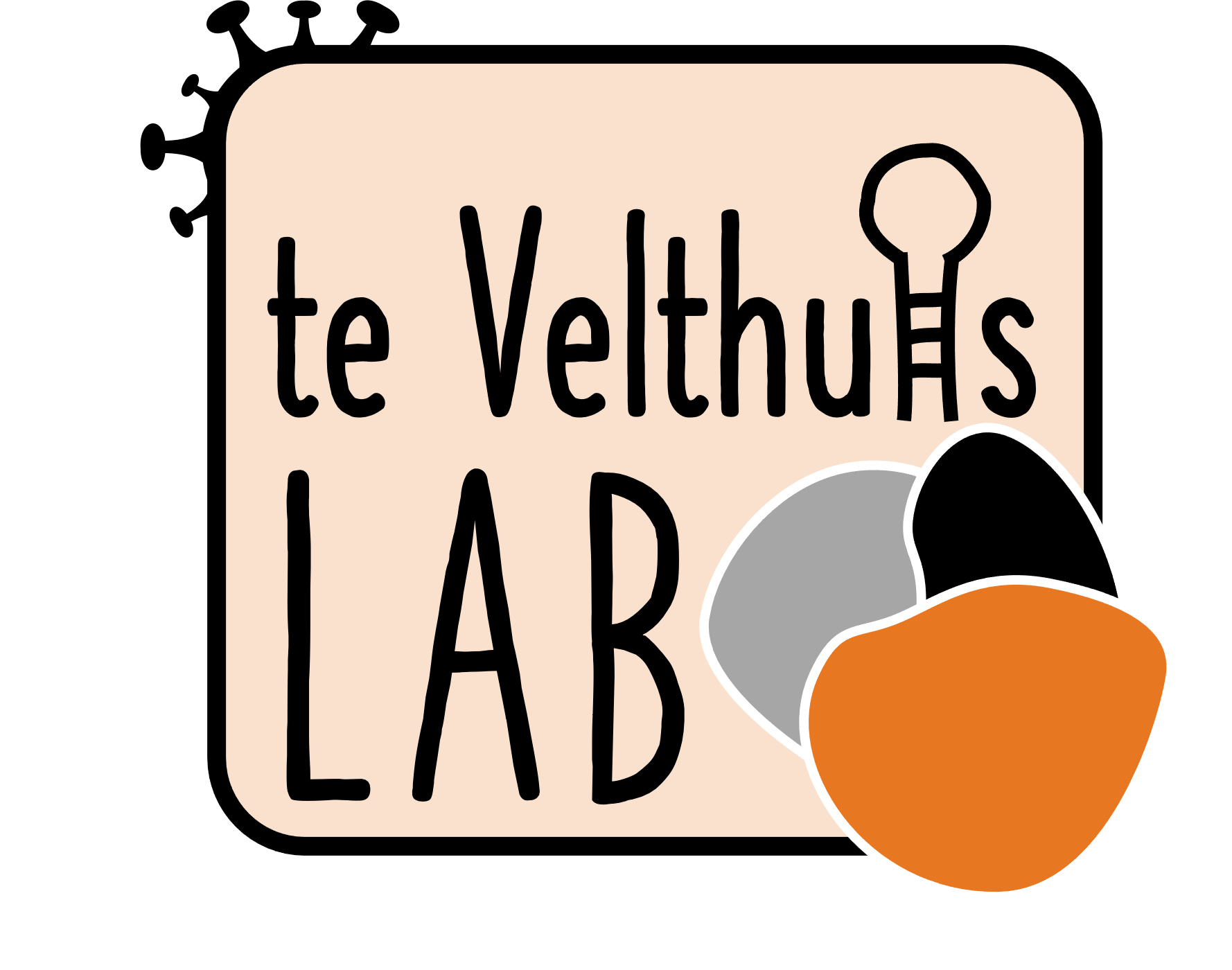Genome-wide analysis of PDZ domain binding reveals inherent functional overlap within the PDZ interaction network
Publication Year
2011
Type
Journal Article
Abstract
Binding selectivity and cross-reactivity within one of the largest and most abundant interaction domain families, the PDZ family, has long been enigmatic. The complete human PDZ domain complement (the PDZome) consists of 267 domains and we applied here a Bayesian selectivity model to predict hundreds of human PDZ domain interactions, using target sequences of 22,997 non-redundant proteins. Subsequent analysis of these binding scores shows that PDZs can be divided into two genome-wide clusters that coincide well with the division between canonical class 1 and 2 PDZs. Within the class 1 PDZs we observed binding overlap at unprecedented levels, mediated by two residues at positions 1 and 5 of the second α-helix of the binding pocket. Eight PDZ domains were subsequently selected for experimental binding studies and to verify the basics of our predictions. Overall, the PDZ domain class 1 cross-reactivity identified here implies that auxiliary mechanisms must be in place to overcome this inherent functional overlap and to minimize cross-selectivity within the living cell. Indeed, when we superimpose PDZ domain binding affinities with gene ontologies, network topology data and the domain position within a PDZ superfamily protein, functional overlap is minimized and PDZ domains position optimally in the binding space. We therefore propose that PDZ domain selectivity is achieved through cellular context rather than inherent binding specificity.
Keywords
Journal
PLoS One
Volume
6
Issue
1
Pages
e16047
Date Published
01/2011
ISSN Number
1932-6203
Alternate Journal
PLoS One
PMID
21283644

